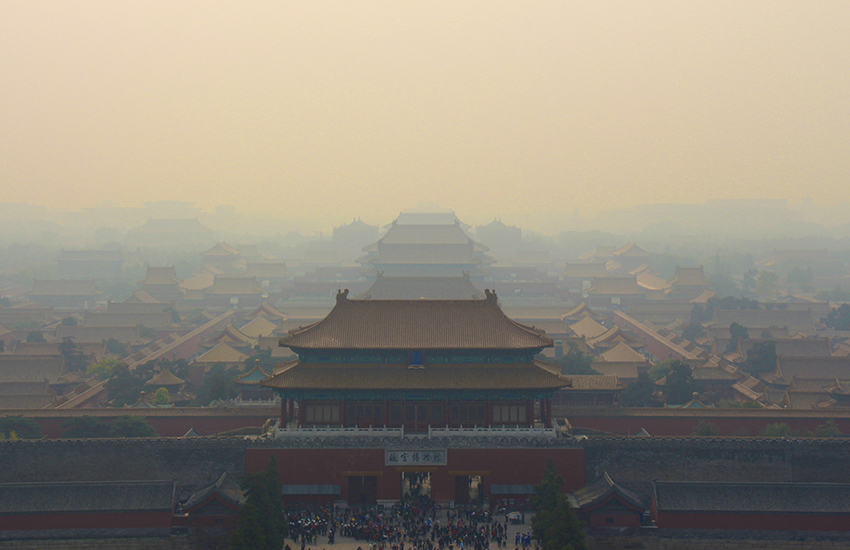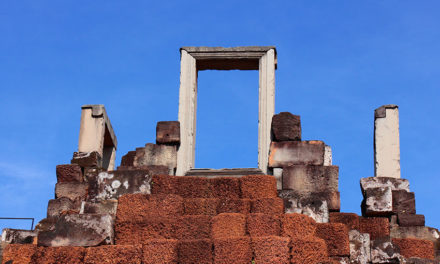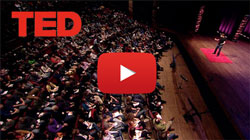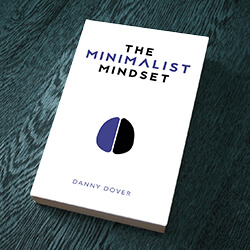Now don’t get me wrong, I was impacted by seeing this landmark. This architectural marvel has a long and interesting history. The disappointment wasn’t the list item itself, rather the issue was one of disparity. Unlike prior life list items, the reputation of this item proved to be greater than the experience of actually walking through it.
The Forbidden City was the first life list item that I have experienced where I thought the photos had actually been more impressive than the real thing.
I sometimes have a fear that after finishing my Life List, I will have become jaded to normal excitements. After you explore the best the world has to offer why bother exploring anything else? Or so my thought process goes.
Luckily, real life repeatedly shows me this is not a likely outcome. I still chuckle when I fart and I still trip over myself every time I pass an ice cream stand.
It is these moments that remind me that my inner voice of doubt is just that, a silent inner voice.
So then why wasn’t I gushing at the sight of the Forbidden City?
The Power of A Symbol
There are very few things that are more powerful than a symbol. A symbol is the bridge between a marker and an idea. A marker by itself is nothing. An idea by itself is tremendously powerful but can’t become immortal until it is marked by some kind of symbol.
I didn’t get inspired by the Forbidden City because I fundamentally disagreed with what it symbolized.
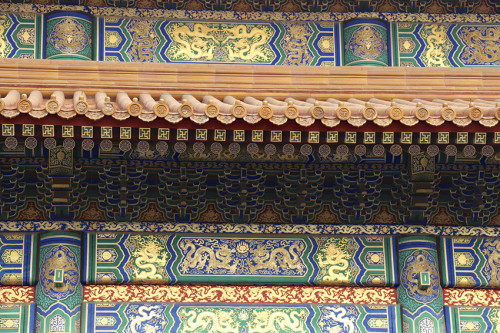 The Forbidden City is rumored to have 9,999.5 rooms. (The half room is a two story elevator.) 15 years were dedicated to growing the trees that comprise the elaborate palace ceilings. The complex is partly surrounded by a man-made mote and includes in its boundaries a man-made river. It contains 12 bedrooms solely for the emperor and at least three throne rooms. The Forbidden City is the epitome of obscene luxury.
The Forbidden City is rumored to have 9,999.5 rooms. (The half room is a two story elevator.) 15 years were dedicated to growing the trees that comprise the elaborate palace ceilings. The complex is partly surrounded by a man-made mote and includes in its boundaries a man-made river. It contains 12 bedrooms solely for the emperor and at least three throne rooms. The Forbidden City is the epitome of obscene luxury.
It also happens to have been built during one of the cruelest and saddest times for the common Chinese people. While thousands died of starvation and exhaustion, the emperor rescheduled his parties so that he didn’t have to be inconvenienced to walk from one meeting room to another.
These were the thoughts that went through my head as I witnessed the ridiculous luxury of the Forbidden City. It was impressive in terms of grandeur and scale but to me, it seemed like an incredible waste of precious human resources.
In this way, I saw the Forbidden City as a symbol of class disparity and the resulting waste of precious human resources. This won’t be true for everyone who visits the landmark but it was true for me.
It is important to note that many of the other man-made items on my Life List have also had similar human hardships buried in their foundations. The Pyramids of Giza, the Colosseum in Rome and the Moai on Easter Island were also built by slave labor. I realize this. That is a fair and valid argument.
The difference to me is that while these other wonders of the world were also built by commoners for the elite rich, they were not as powerful of a symbol of human waste as the Forbidden City was to me. Whereas, the other items on the list left me saying “wow!”, this item left me thinking “why?”
Looking back I am glad I experienced walking through the Forbidden City. It didn’t inspire me like previous man-made wonders but it did impact me in a way that was new. It might have been disappointing but it was powerful enough to leave a mark on me. It reenforced my beliefs in minimalism and equal opportunity. In its own roundabout way, the Forbidden City made me better appreciate the benefits of minimalism by showing me the extremes of luxury.
—
Note: I was actually a little hesitant to publish this post as I don’t like the underlying theme of cynicism and judgement that this post brings. I thought about scraping this post but ultimately felt it was better to be honest and tell my whole Life List story rather than just show the highlights. What are your thoughts? Is this the right direction to go?

